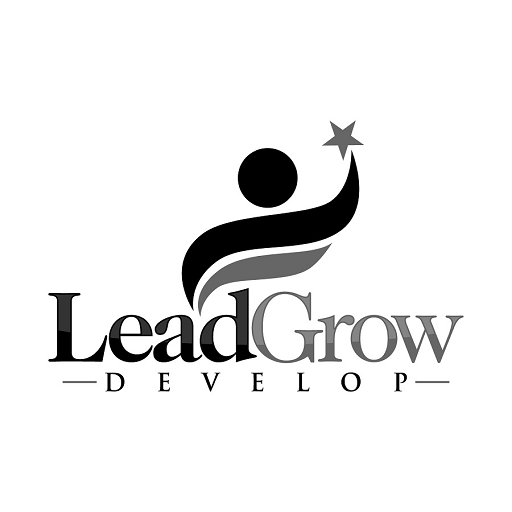Countless business owners find search engine optimization frustrating, often seeing minimal results despite investments. This isn’t due to SEO’s ineffectiveness, but rather incorrect implementation in a dynamic digital landscape shaped by AI and sophisticated algorithms. Many cling to outdated tactics or miss crucial fundamentals, creating a gap between potential and actual search success. Successful SEO hinges on understanding core principles: technical foundations, valuable content, and data-driven decisions. Let’s explore why SEO often fails and how to rectify these mistakes for sustainable results.
The Pitfall of Insufficient SEO Knowledge
A primary reason for SEO failure is a fundamental lack of understanding of how search engine optimization truly works. Many businesses view it as a one-time task rather than an ongoing process that requires continuous learning and adaptation. Furthermore, the common practice of outsourcing content marketing without thoroughly vetting the partner’s SEO expertise often leads to ineffective strategies and wasted resources. This ultimately fosters the incorrect belief that “SEO doesn’t work,” when the issue lies in the improper execution.
Ignoring the User’s Intent in Search
Another significant pitfall is the misalignment with user search intent. Modern search engines, particularly Google, prioritize delivering results that directly satisfy the user’s query. Businesses frequently create content solely around keywords, neglecting to consider the underlying reasons why people are searching for those terms. This disconnect between the content provided and the user’s needs leads to higher bounce rates and consequently lower rankings, signalling to search engines that the content is not helpful.
The Perils of Sticking to Outdated SEO Methods
Many businesses also suffer from an overreliance on outdated tactics. The SEO landscape is constantly evolving, with frequent algorithm updates. Clinging to methods that were effective years ago, such as keyword stuffing or publishing duplicate content, can now be detrimental. Even with the rise of AI-generated content from tools like Semantic Pen, it is vital to make human edits, as search engines increasingly value expertise, authoritativeness, and trustworthiness (E-E-A-T), which often requires human oversight and subject matter expertise.
The Critical Importance of Technical SEO Foundations
Ignoring the technical SEO fundamentals is another critical error. While content and keywords are important, the underlying technical structure of a website is crucial for search engine visibility. Issues like slow page load times, poor mobile optimization (a significant problem given that over half of internet traffic originates from mobile devices), and broken links can severely hinder a website’s ability to rank, regardless of the quality of its content. These technical shortcomings frustrate users and impede search engine crawlers.
The Detrimental Impact of Low-Value Content
Furthermore, many SEO efforts fail due to content that lacks value. Publishing thin, duplicate, or irrelevant content does not engage users or satisfy search engine algorithms. Selecting keywords based solely on search volume without considering their relevance to the business or user needs results in ineffective content. Additionally, neglecting to update existing content, which often holds established authority, is a missed opportunity to maintain and improve rankings.
The Failure to Leverage Data for Informed Decisions
Finally, a lack of a data-driven approach undermines many SEO campaigns. Businesses often fail to implement proper tracking mechanisms or do not act on the data they collect. Ignoring crucial metrics like bounce rates and user engagement, and not adapting strategies based on analytical insights, prevents them from understanding what’s working and what isn’t, leading to stagnant or declining results.
Strategies for Building a Successful SEO Approach
To fix these common SEO failures, businesses should first set clear goals and thoroughly understand their target audience. This involves defining specific, measurable objectives aligned with broader business goals and conducting comprehensive research to understand audience needs and the language they use. Next, it’s essential to build a content strategy firmly around user intent, aligning content with the different stages of the buyer’s journey and the various types of search queries. Prioritizing technical SEO and site performance is also crucial, focusing on optimizing page speed and ensuring a seamless mobile experience, alongside regular technical audits. Businesses must also utilize tools like Google Search Console and Analytics to gain a comprehensive understanding of their website’s performance and identify areas for improvement. Lastly, consistency and patience are vital, as SEO is a long-term endeavor that requires ongoing effort in content creation, technical maintenance, and performance analysis to yield sustainable results.
Conclusion
In conclusion, achieving SEO success requires a strategic and holistic approach, not just a collection of isolated tactics. By aligning content with user needs, ensuring a technically sound website, and making informed decisions based on data, businesses can move beyond the common pitfalls and build a strong foundation for long-term online visibility, traffic, and conversions.

